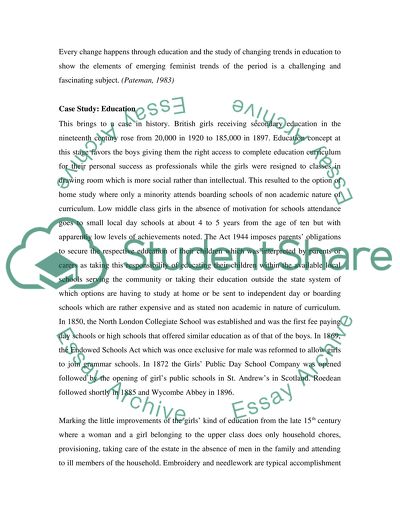Cite this document
(“Is feminism still relevant in today's society Essay”, n.d.)
Retrieved from https://studentshare.org/sociology/1520514-is-feminism-still-relevant-in-todays-society
Retrieved from https://studentshare.org/sociology/1520514-is-feminism-still-relevant-in-todays-society
(Is Feminism Still Relevant in today'S Society Essay)
https://studentshare.org/sociology/1520514-is-feminism-still-relevant-in-todays-society.
https://studentshare.org/sociology/1520514-is-feminism-still-relevant-in-todays-society.
“Is Feminism Still Relevant in today'S Society Essay”, n.d. https://studentshare.org/sociology/1520514-is-feminism-still-relevant-in-todays-society.


